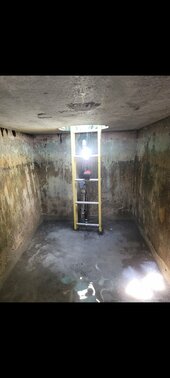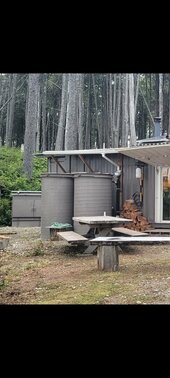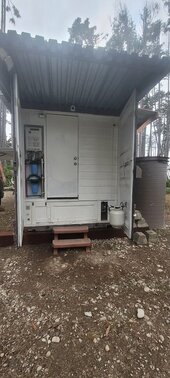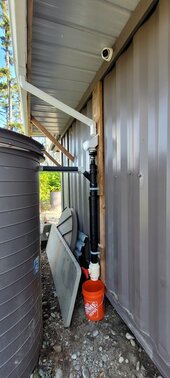We have 2 properties that we put cisterns on the roof. Water is delivered by the municipality only twice a month through PVC pipes to our building. When the water pressure goes up on the building inlet, I have a pressure switch that turns on an electric pump to get the water to the roof. They are 1100 liters each / 2200 liters total (about 600 gallons). With it on the roof in a tank, the head pressure is enough to do everything in our places. 4 showers, 3 sinks, one washing machine. We have 7 water filters in place. Entire system cost around $5,000 USD, including tanks, pump, new plumbing, filters, and labor to do it all. USA it would cost 3-4 times this. Water is also SUPER cheap, so is electricity and internet...just have to leave USA to get better prices.
This setup is great because the water sometimes doesn't come every 2 weeks - it went to once a month for 5 months a while back. Because I have cisterns, I was the only one who had water on the block. I use about 1/12 of the water per week, so I can go about 6 weeks without needing any water.
I also have a propane tank that runs a propane hot water heater on demand with a 2-D cell batteries to spark it.
My thought was to switch to one of those roof top stainless hot water heaters. But I use less than $150 USD in propane per year for stove + on demand hot water heater. Yes, propane is cheaper there too.






